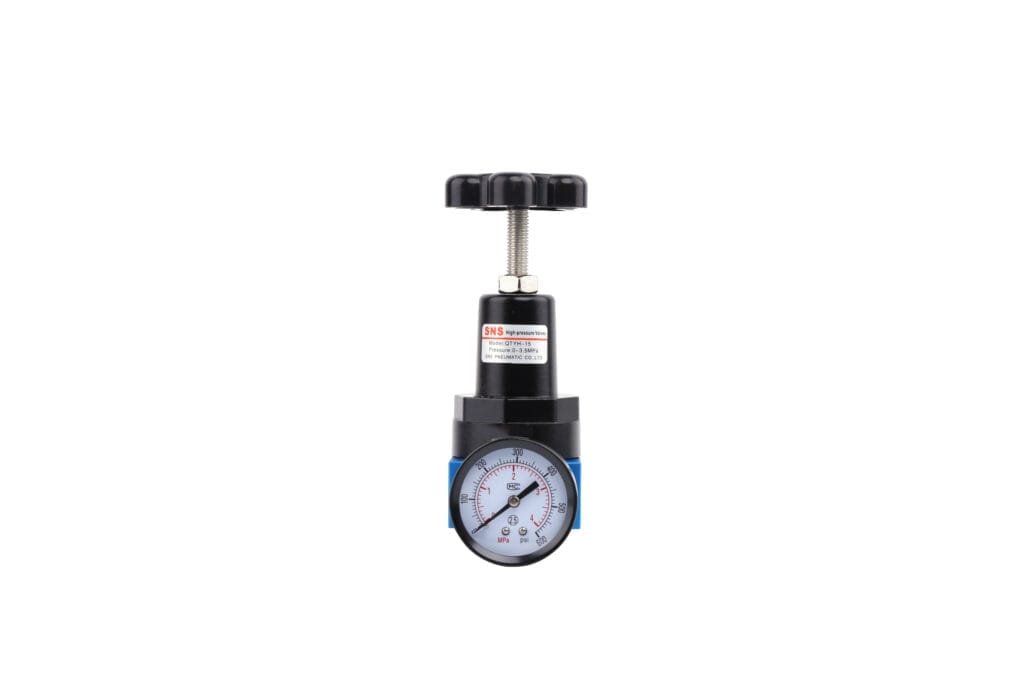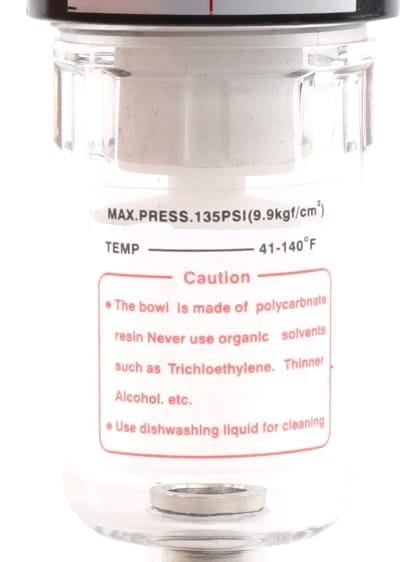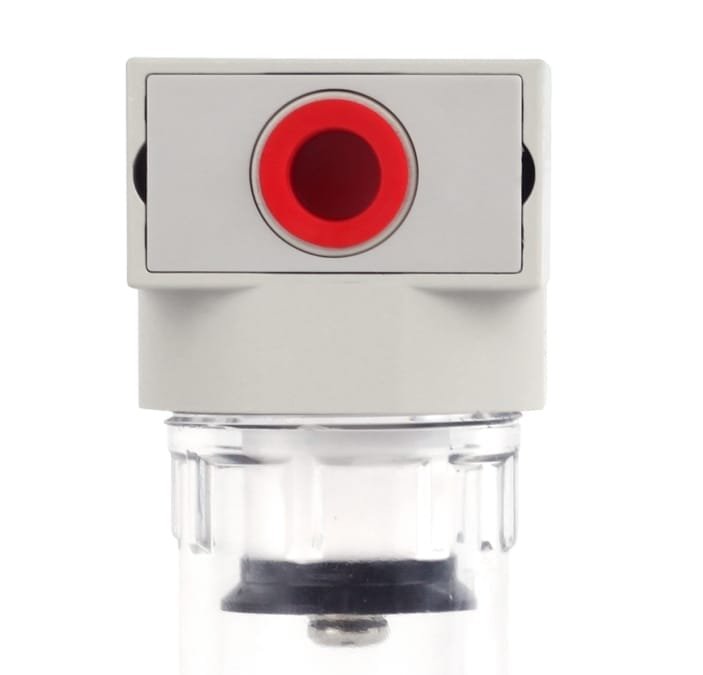Does Air Regulator Have Check Valve Built In
Not all air regulators have built-in check valves; it depends on the specific design and application requirements of the regulator. Check valves are separate components that prevent backflow, which some air regulators integrate for enhanced functionality.
Air regulators play a crucial role in managing the pressure of air in various systems, while check valves ensure fluid flows in only one direction to prevent backflow. Understanding whether an air regulator has a built-in check valve is essential for selecting the right equipment for your pneumatic system needs.
What Is Air Regulator
An air regulator is a device designed to control pressure. It maintains a constant output pressure despite fluctuations in the input pressure.
The primary role of an air regulator is to reduce and stabilize. It converts high-pressure input into a lower, manageable output. This process protects downstream components from damage due to excessive pressure.
Components Of Air Regulator
The core components of an air regulator include the valve seat, spring, diaphragm, and adjustment knob or screw. Each plays a crucial role in regulating pressure.
Valve Seat: Controls airflow, key in maintaining desired pressure levels.
Spring: Exerts force on other components, with its tension determining set pressure.
Diaphragm: Responds to downstream pressure changes, controlling airflow and maintaining stability.
Adjustment Knob/Screw: Allows manual setting of desired output pressure by adjusting spring tension.
Gauge (Optional): Displays current output pressure for real-time monitoring.

What Is Check Valve
A check valve, also known as a one-way valve, allows fluid (liquid or gas) to flow in only one direction. These valves are designed to prevent backflow. Backflow could lead to contamination or damage in systems where the directional control of fluids is critical.
Check valves rely on pressure differential for their operation. The pressure from the fluid itself opens the valve. When the pressure decreases or reverses, the valve automatically closes.
Advantages Of Built-In Check Valves In Air Regulators
Simplified System: Built-in check valves integrate two functions, saving space and reducing complexity.
Increased Reliability: Fewer parts result in fewer potential failure points, enhancing system reliability.
Enhanced Airflow Management: By preventing backflow, these valves protect the system from reverse pressure damage.
Sudden Pressure Changes Protection: Assurance of smoother tool and machinery operation.
Reduced Maintenance: Fewer components lead to simpler and less frequent maintenance needs.
Cost Savings: Higher initial costs are balanced by reduced failure rates and maintenance needs.
Operator’s Peace of Mind: Reliable system performance with minimized risk of backflow-related malfunctions.
Streamlining Of Pneumatic Systems
Reduction In The Number Of Components And Potential Failure Points
Air regulators with built-in check valves simplify pneumatic systems. They combine two functions into one unit. This integration reduces the total number of separate components. Fewer parts mean simpler assembly processes.
Every additional component in a system introduces potential failure points. Each part has a life expectancy and operational limits. The more parts, the higher the chance something will fail. Combining functions into fewer components lowers these risks.
Streamlining components also leads to cost savings. It cuts down on purchasing multiple parts. Installation time decreases as well, reducing labor costs.
Maintenance becomes more straightforward with fewer components to monitor and replace. This simplicity enhances system reliability over time.
Improved Airflow Management And System Protection
The integration of a check valve within an air regulator streamlines airflow. This design prevents backflow, maintaining consistent pressure and flow direction. Such consistency is crucial for optimal operation of pneumatic tools and machinery.
Systems are safeguarded from damage due to reverse air flow. Pneumatic equipment often relies on specific pressure levels for safety. A reversed flow can cause operational failures, leading to costly repairs or replacements.
This configuration enhances protection against contaminants re-entering the system. Check valves act as barriers, keeping out debris and moisture that might compromise air quality.
Incorporating a built-in check valve reduces the occurrence of pressure surges. These surges can be detrimental to sensitive pneumatic components. By mitigating this risk, the lifespan of these components is extended.

How Can I Tell If My Air Regulator Has A Built-In Check Valve?
Determining if an air regulator has a built-in check valve involves several steps. Product Specifications: Manufacturers list features and components in product literature.
Physical Inspection: Check valves have distinct shapes or extra ports indicating presence.
User Manual/Technical Documentation: Detailed information on internal components and configurations.
Sound of Air Flow: Check valves often produce unique sounds when operating.
Professional Advice/Customer Support: Experienced opinions may provide insights.
Online Forums/Product Reviews: Practical insights from other users discussion about features.
Airflow Directionality Test: If safe and feasible, testing can reveal a mechanism preventing backflow.
What Is The Difference Between A Regulator And A Check Valve?
Understanding the Roles
A regulator is a device for controlling pressure in air and gas systems. It adjusts incoming high-pressure fluid to a desired lower pressure.
A check valve allows fluid to flow in only one direction. It prevents backflow, protecting the system from damage.
Operating Mechanisms
Regulators control fluid flow dynamically. They adjust based on changes in downstream demand or upstream supply.
Check valves operate automatically. They open with forward flow and close to block reverse flow.
Functional Priorities
Regulators prioritize maintaining a constant output pressure. Their design focuses on stability across variations in flow and input pressure.
Check valves prioritize directional control of fluid. They ensure unidirectional flow for safety and efficiency.
Installation Considerations
Regulators are installed where pressure needs to be controlled. They are crucial in applications requiring precise pressure regulation.
Check valves are installed at critical points to prevent reverse flow. They safeguard components downstream by preventing contamination or damage from backflow.
System Integration
In systems requiring both functions, regulators and check valves can be separate units or combined. A combined unit simplifies the system but might have specific limitations compared to individual installations.

Does A Pressure Reducing Valve Have A Check Valve?
Yes, a pressure reducing valve often includes a built-in check valve. The check valve in a pressure reducing system prevents backflow, which could potentially harm the system or source of pressure. This features contributes to the safe and effective operation of the valve.
In Conclusion
In summary, whether an air regulator has a built-in check valve depends on its design and purpose, with some models incorporating this feature for enhanced functionality.
For detailed information on how to select the right air regulator for your needs or to explore our range of high-quality products that come with built-in check valves, please visit our website. Our expert team is also ready to provide you with personalized advice and support, ensuring you make the best choice for your applications.



